There are four major types of bands in schools: Orchestra, Symphonic or Concert, Jazz and Marching. Orchestra is a large group of musicians who play together on various instruments, usually including strings, woodwind, brass and percussion.
Symphonic Band is a group of musicians playing brass, woodwind and percussion instruments. Marching band is a band that marches and plays music usually performing at athletic functions or community activities. Jazz band is a musical ensemble that plays jazz music.
Orchestra
Many schools offer instructional classes for orchestra. It may be an actual class or in some cases an extracurricular activity. The repertoire for orchestra is usually classical music with some pop arrangements. The performance is done while seated on the stage. An orchestra consists of four sections of musical instruments, with a number of instruments in each, these are Strings, Woodwind, Brass, Percussion.
Strings Section…
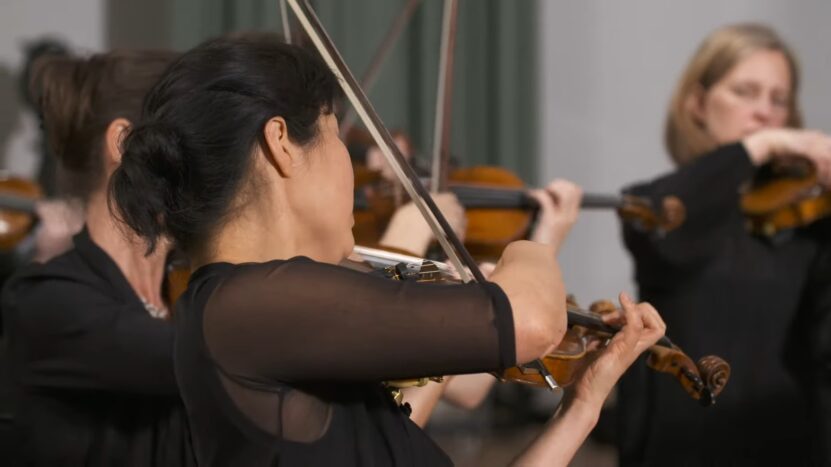
- Cello
- Double Bass
- Guitar
- Viola
- Violin
Woodwind Section…
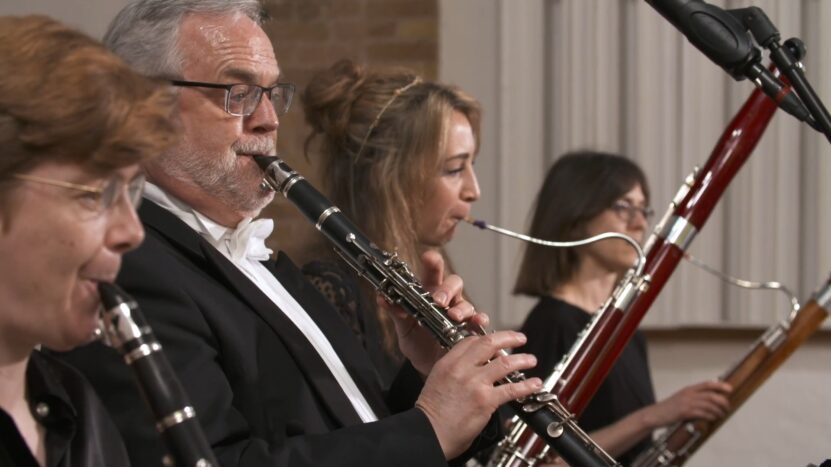
- Bassoon
- Clarinet
- Flute
- Oboe
- Recorder
- Saxophone
Brass Section…
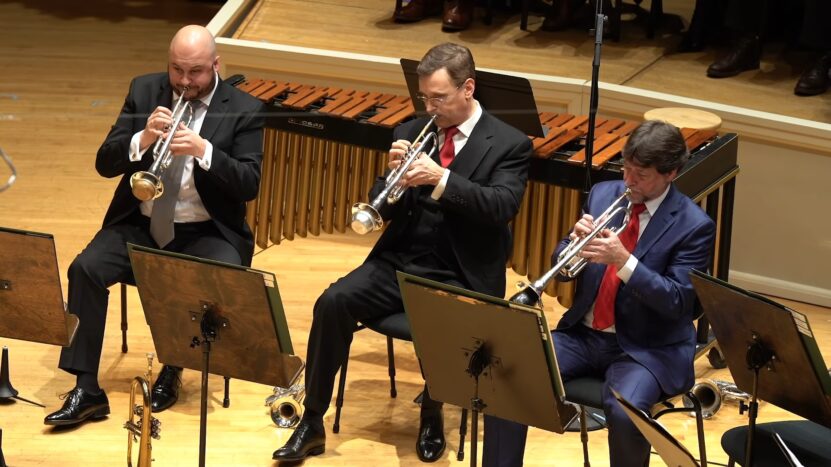
- Cornet
- French Horn
- Trombone
- Trumpet
- Tuba
Percussion Section…
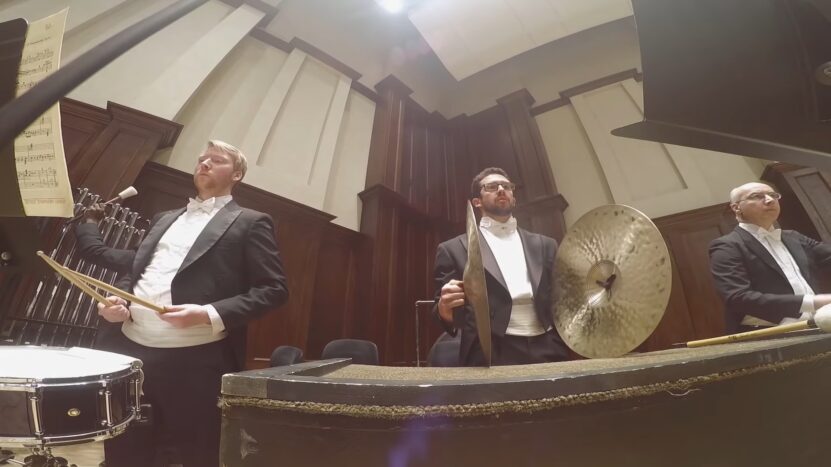
- Cymbals
- Drums
- Piano
- Tambourine
- Triangle
Concert/Symphonic Band
Concert band is the typical school band. It can also be known as a wind band, symphonic band, symphonic winds, wind orchestra, wind symphony, or wind ensemble. The group is usually fairly large and they perform seated on the stage.
The repertoire is usually classical music with some popular music or marches included. A concert band consists of three sections of musical instruments, with a number of instruments in each, these are Woodwind, Brass, Percussion.
Woodwind Section…
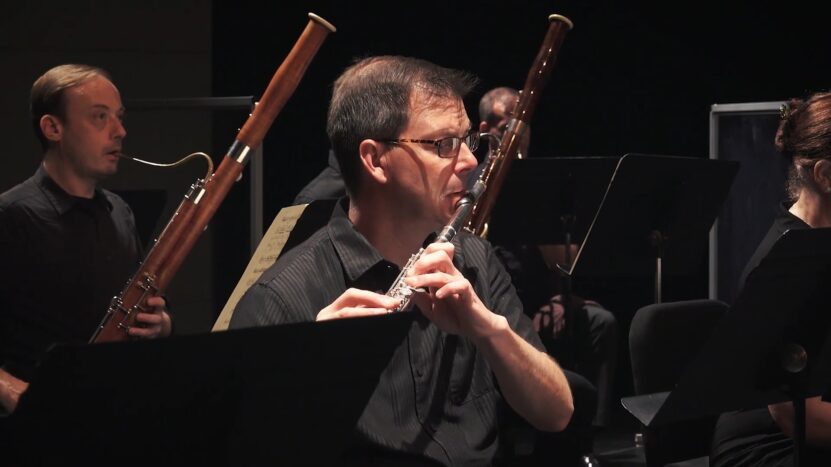
- Flute
- Clarinet
- Bassoons
- Oboes
Brass Section…
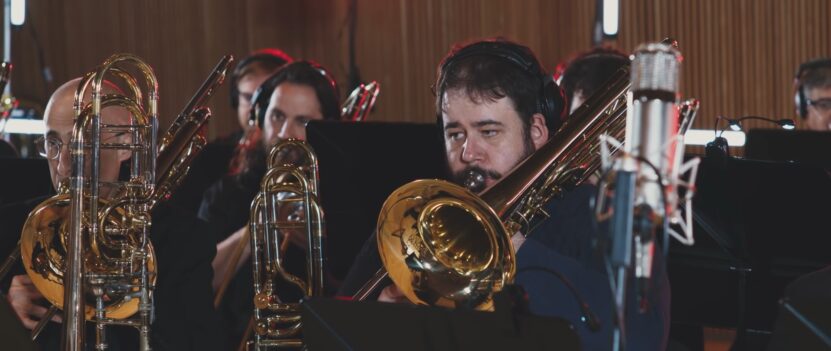
- Cornet
- French Horn
- Trombone
- Trumpet
- Tuba
- Baritone Horns
- Euphoniums
Percussion Section…
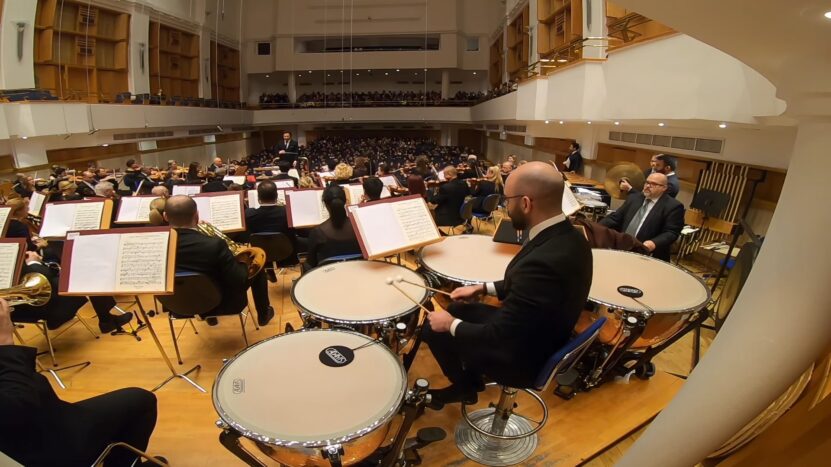
- Crash Cymbals
- Bass Drum
- Snare Drum
- Tambourine
- Tympani
- Pitched Percussion
- Unpitched Percussion
Some instruments will not have parts in every piece so they are usually played by students who normally play some other related instrument. These include unusual Clarinets, English Horn, Contrabassoon, Soprano Sax or Piccolo. Non-band instruments, such as piano or strings, are also rarely used in bands, but again are often covered by a band member switching from their normal instrument if needed.
Marching Band
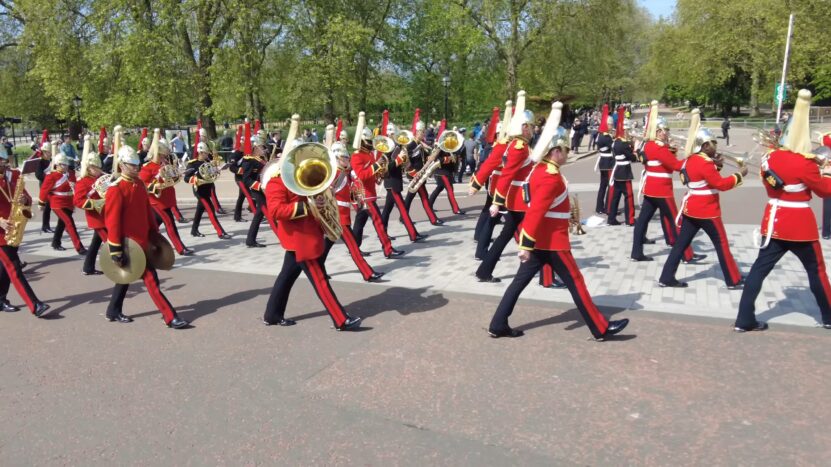
Marching bands perform during half-time at football games, at parades, community activities or other school functions and athletic events. The repertoire consists of marches, school cheers and song, national anthem and popular works.
The season for Marching band is late summer to early winter with a summer practice schedule. It is a big commitment to be part of the marching bands since you are obligated to be at all football games as well as many competitions. In some cases marching band may be required for band students and in other schools it is an extra-curricular program.
Many instruments in the marching band are the same as those for the concert band. These include the following instruments: flute, clarinet, sax, trombone, trumpet or cornet, baritone or euphonium. Percussions take an added importance in the marching band. The percussion instruments include: snare drums, bass drums, tom-toms, cymbals or in some cases a less mobile instrument in a stationary “pit” drum section. You may find that if your child is a percussionists they could have additional practice time due to extra performance duties. In addition, some instrumentalists may play versions of their instrument if they are too difficult to march with.
Jazz Band
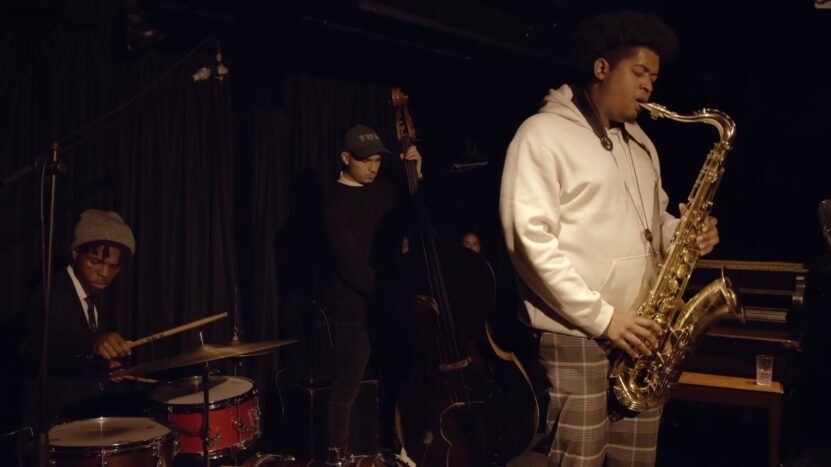
Jazz band in some schools is a class or it can be an extra-curricular activity. In my son’s school symphonic band is three days a week and jazz band is the other two days per week during the same class period. A Jazz band can vary in size from a small “combo” to a large “big band”. The repertoire for this band consists mostly of jazz music.
Jazz bands include the following instruments: trumpet, sax, trombone, piano, drums, bass and guitar. Students will often cover another instrument, such as clarinet, flute or tuba, that is similar to theirs when it is needed. For instance the saxophonist may play the clarinet. Participating in a Jazz band will require some weekend commitment for Jazz festivals.
What is the difference between a school orchestra and a symphonic band?
- Orchestra: Focuses on string instruments along with woodwinds, brass, and percussion. Repertoire often includes classical and some pop arrangements.
- Symphonic Band: Emphasizes woodwinds, brass, and percussion. The repertoire is more varied, including classical, popular music, and marches.
FAQ
Can students participate in multiple bands?
Yes, students can often participate in more than one band, such as joining both the jazz and marching bands, depending on the school’s schedule and the student’s ability to manage their time.
Are there auditions for school bands?
Many school bands require auditions, especially for specific positions or solo opportunities. Auditions help assess a student’s skill level and appropriate placement within the band.
How do marching bands prepare for performances?
Marching bands typically have a rigorous practice schedule, especially in the summer and early fall. This includes learning marching techniques, memorizing music, and coordinating movements.
Do jazz bands participate in competitions?
Yes, jazz bands often participate in jazz festivals and competitions, which can involve weekend commitments for performances and travel.
Are there opportunities for solo performances in school bands?
Solo opportunities vary by band and school. In many cases, especially in jazz and concert bands, students have chances for solos or smaller ensemble pieces.
How do students balance academic responsibilities with band commitments?
Balancing academics and band activities requires good time management. Schools often provide support and resources to help students maintain this balance.
Final Words
Exploring the vibrant world of school bands offers students a unique blend of musical education and community involvement. Whether it’s the harmonious strings of the orchestra, the diverse instruments of the symphonic band, the dynamic rhythms of the jazz band, or the spirited performances of the marching band, each group provides a distinct and enriching experience. These programs not only enhance musical skills but also foster teamwork, discipline, and creativity among students.

